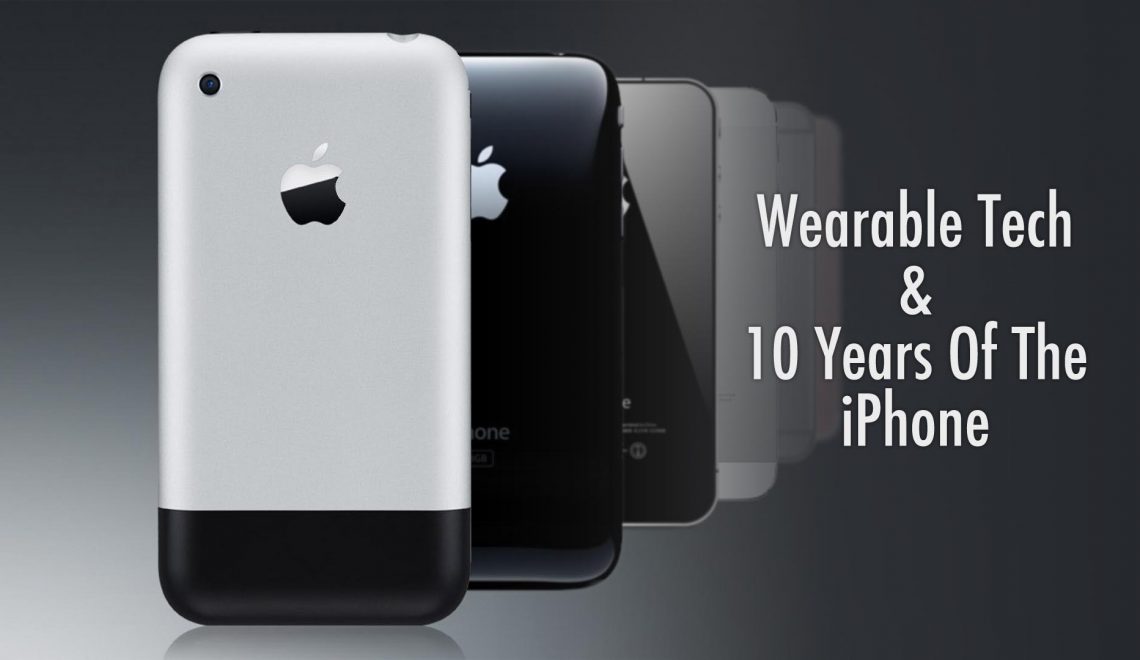While Apple still isn’t releasing any numbers, a new report from Juniper Research estimates that the company’s Apple Watch now controls over half of the smartwatch market. This echoes similar numbers from IDC from before the holidays. If true, this is big news for the California based company, which was notably late to enter the segment. The Apple Watch has only been shipping for slightly more than 8 months, while Samsung and Pebble have been selling smartwatches since 2013 and Android Wear started shipping almost 2 years ago. Juniper believes that Apple has secured 52% of the smartwatch market. Android Wear, on the other hand, comprised less than 10% of the year’s smartwatch shipments and Samsung’s Gear S2 barely made an impact. No word on Pebble’s take, but we would suspect that they also are around 10% of the market. One of the most interesting aspects of the report from Juniper is that simple smartwatches, such as the non-display models, are proving extremely popular. These devices offer activity tracking and, at most, notifications, but no apps or deeper connectivity. Specifically mentioned in the report is Martian, which produces connected watches similarly priced to a Fitbit. It is easy to see how a device like that could serve as “trial” watch, allowing the customer to see what they think of smartwatches without spending a large amount of money. Oddly, the report also mentions the popularity of a connected Guess watch and Breitling timepiece, both of which sell for more than the Apple Watch… the Breitling is actually closer to Apple Watch Edition territory.
These numbers are amazing for Apple but they still don’t address how large the segment is, nor how healthy it is – after all, 50% of nothing is still nothing. While last month’s IDC report was largely positive about the segment, Juniper believes the product category is still looking for a reason to exist. In fact, research author James Moar says, “The smartwatch is now a category waiting for a market.” Moar sees new devices hitting the market that offer improved designs and better usability but only slightly tweaked functionality. He isn’t seeing large changes that he feels are needed to define use cases and drive adaptation. The success of smartwatches in their current form will be reliant on consumers deciding if they have a need which a smartwatch currently is capable of.
We think that Moar’s perspective is slightly contrary, but he is correct; smartwatches are without doubt still struggling to find a reason to exist. There is no killer “app” that you can point to when someone asks about your device. Instead, the product currently has to be used to be understood. But that isn’t necessarily a bad thing, it just means a slower adoption rate. Every person is going to find something different they love (or could leave behind) about a connected watch; it is a very personal experience that offers something different to everyone. At Circuits And Cable Knit we have grown to love wearing a smartwatch. There is something comforting about being able to put all of your devices away and if something important needs your attention you will receive a gentle nudge. As more people try budget friendly non-display smartwatches, we believe that they will eventually look to upgrade to the richer experience offered by app driven smartwatches. As people move to more capable, display smartwatches, the companies that can clearly communicate to potential customers what their devices are capable of (and why it matters) will be the ones that are able to attract new users.





